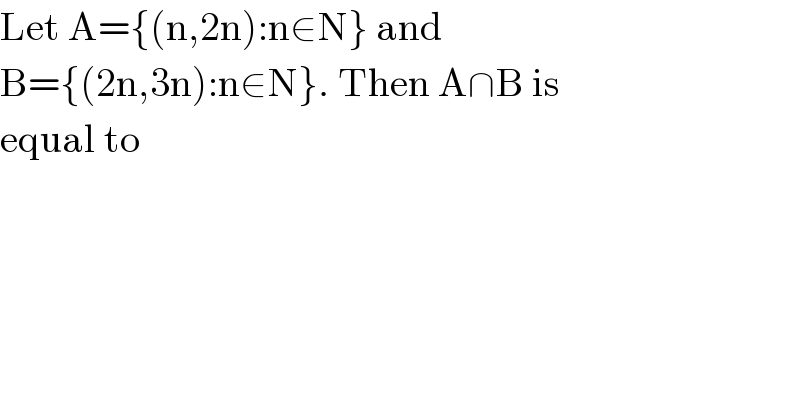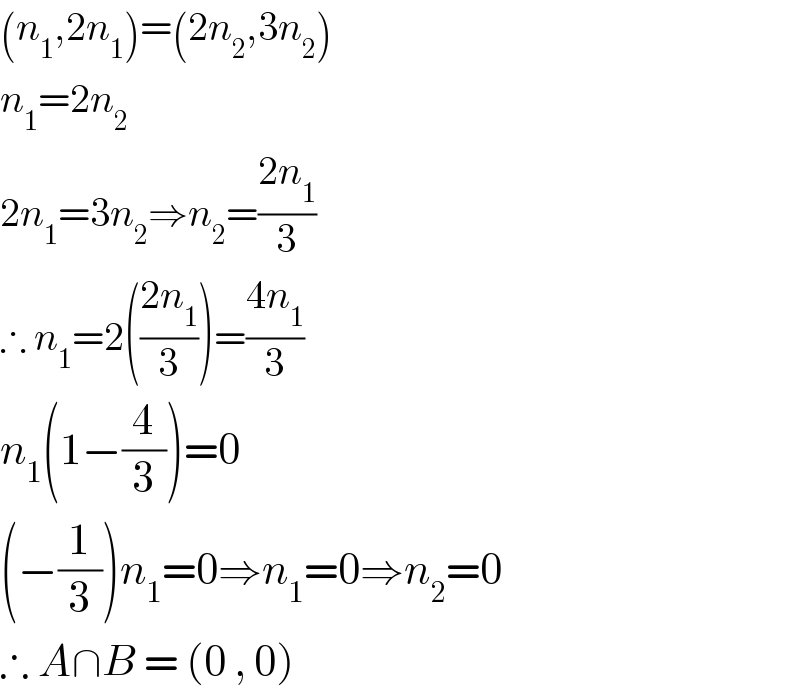Question Number 114235 by Aina Samuel Temidayo last updated on 18/Sep/20

Answered by 1549442205PVT last updated on 18/Sep/20

Commented by Aina Samuel Temidayo last updated on 18/Sep/20

Commented by MJS_new last updated on 18/Sep/20

Commented by 1549442205PVT last updated on 18/Sep/20

Answered by malwaan last updated on 18/Sep/20

Commented by Aina Samuel Temidayo last updated on 19/Sep/20

Commented by 1549442205PVT last updated on 18/Sep/20

Commented by Rasheed.Sindhi last updated on 18/Sep/20

Commented by MJS_new last updated on 19/Sep/20

